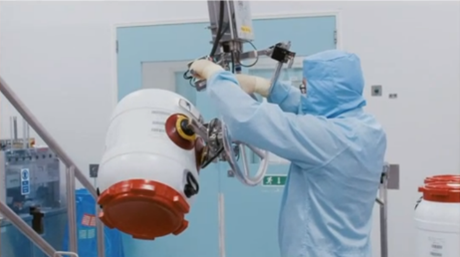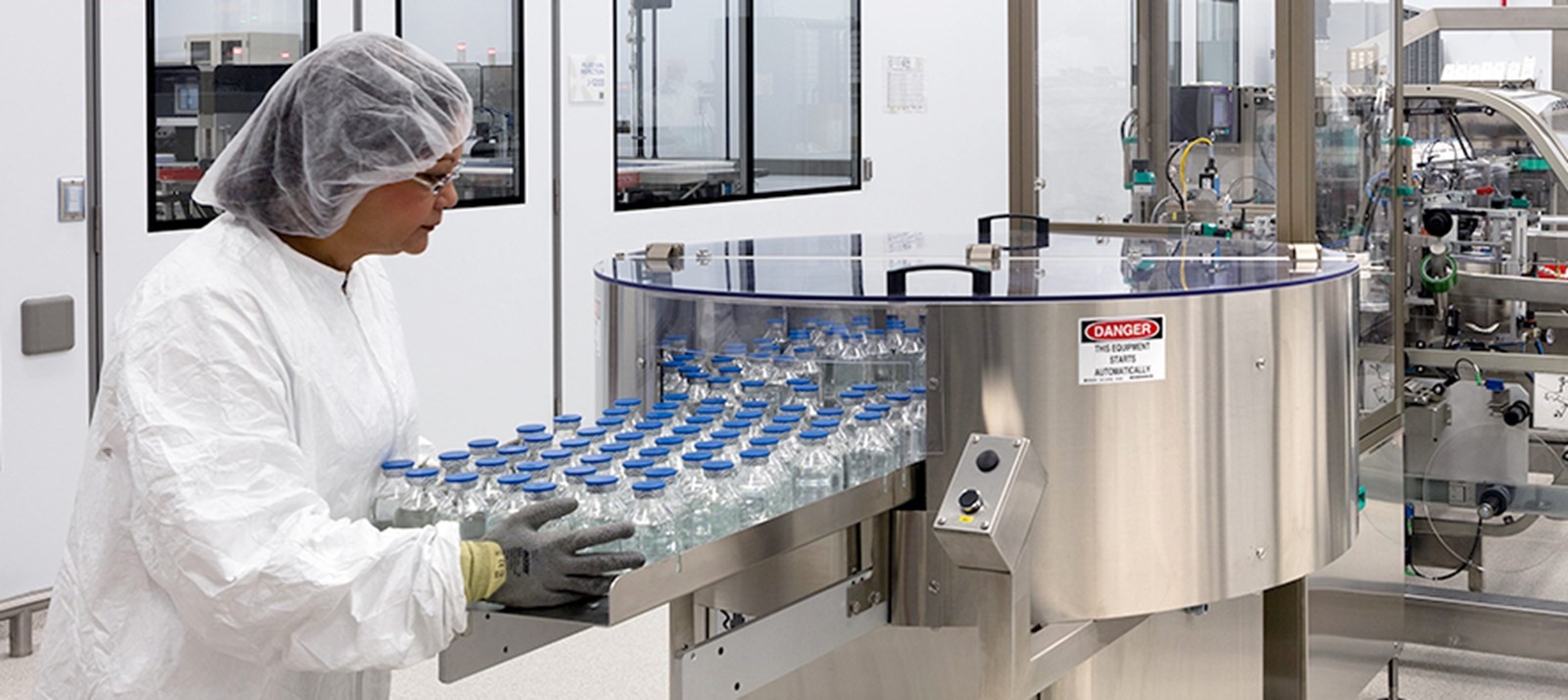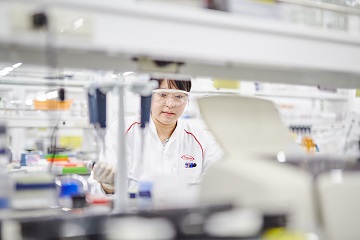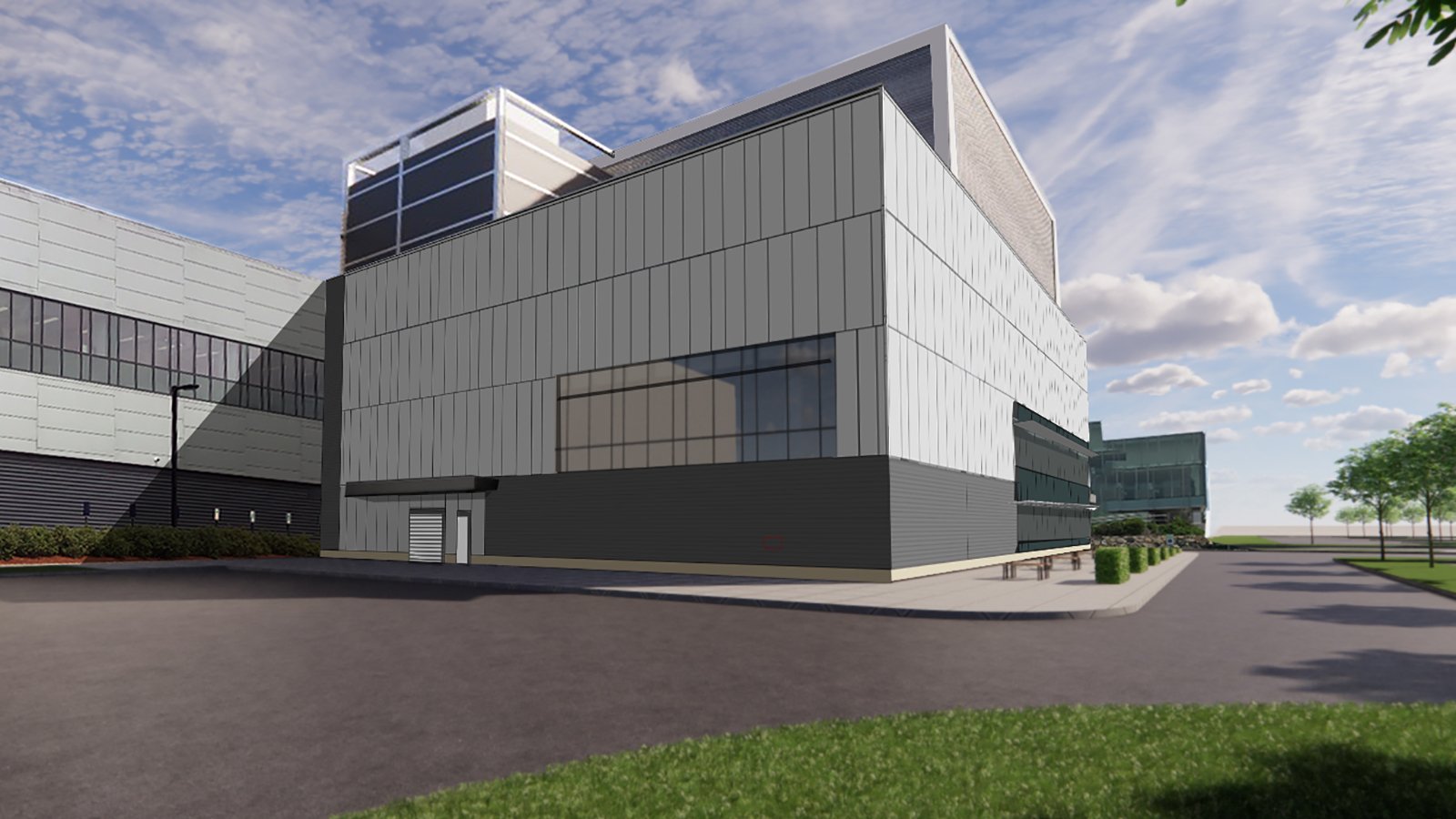
Protecting our Planet Stories: Decarbonizing
CAPS: CLIMATE ACTION PROGRAM AT SITES

CAPS is Takeda’s integrated GHG reduction and water conservation program.
CAPS teams engage with site leaders and project sponsors to make sure that the environment is an integral consideration as they make investment decisions, manage projects and plan how they will reduce and ultimately eliminate GHG emissions and other environmental impacts like water use at their facilities.
Through the program, our 30+ manufacturing plants, three main R&D sites and our BioLife plasma collection centers have already made significant progress. CAPS uses a proprietary digital platform to accommodate the transparent tracking, trending and forecasting of GHG emission reduction across our facilities as we progress toward site and company goals. The CAPS program also enables knowledge and best practice sharing via internal social media and libraries.
HOW WE WORK WITH OUR SUPPLIERS

SINGEN’S EFFORTS TO REDUCE ENERGY CONSUMPTION

VISUALIZING ENERGY USAGE TO CHANGE BEHAVIOR IN OSAKA

SINGAPORE IS FIRST ZERO EMISSONS BUILDING

BIOLIFE OPENING ALL-ELECTRIC PLASMA DONATION CENTERS

BioLife opened its first all-electric plasma donation center in Washington. Located in Tukwila, near the city of Seattle, the new center is the first in a sustainability initiative to build all-electric plasma donation centers in the United States.
Instead of using natural gas, which results in carbon emissions associated with air pollution and climate change, renewable electricity is used to provide heat and hot water. BioLife is aiming to build all future plasma donation centers as all-electric facilities.
SETTING A NEW STANDARD FOR CONSTRUCTION

Environmental sustainability was a key driver when planning and designing the renovation of our 12-story building at 500 Kendall Street in Cambridge, Massachusetts, U.S. This already boasted strong environmental credentials. New features added by Takeda include new water efficient fixtures and natural materials, including locally sourced wood. The building exceeds all environmental requirements for the city of Cambridge. And to support GHG emission reductions, the offices use efficient LED lighting, combined with occupancy sensors and daylight dimming. “Green steam” from the nearby combined heat and power (CHP) plant is used for heating and cooling. The steam is produced primarily from waste heat generated by the natural gas turbines that produce electricity, so the GHG emissions are much lower than they would be from a conventional boiler.
Chilled water is created on-site from an absorption chiller – a technology only viable when there’s a close, abundant heat source such as the CHP plant. And PV panels on the roof mean solar energy offsets some of the power needs. What’s more, the mechanical systems are designed with a “night set-back,” which automatically reverts to energy-saving mode when the building is unoccupied. Demand control ventilation adjusts the amount of outside air up or down, based on occupancy. All this, plus an open office plan that promotes collaboration, enhances workplace flexibility and infuses the space with natural daylight to improve sustainability and wellness.
CAPITAL PROJECTS SET NEW STANDARD FOR CONSTRUCTION: LEXINGTON, U.S.

EUROPE – GLOBAL DISTRIBUTION & LOGISTICS INITATIVE REDUCES CARBON FOOTPRINT
